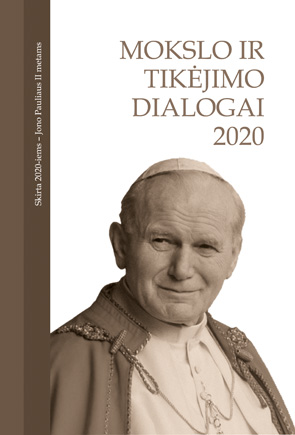Volume 50, Issue 6 (2020), February 2021

Order by:
Pub. online: 4 Aug 2022
Type: Introduction
 Open Access
Open Access
Abstract
Pub. online: 4 Aug 2022
Type: Article
 Open Access
Open Access
Abstract
Pub. online: 4 Aug 2022
Type: Article
 Open Access
Open Access
Abstract
Pub. online: 4 Aug 2022
Type: Article
 Open Access
Open Access
Abstract
Pub. online: 4 Aug 2022
Type: Article
 Open Access
Open Access
Abstract
Pub. online: 4 Aug 2022
Type: Article
 Open Access
Open Access
Abstract
Pub. online: 4 Aug 2022
Type: Article
 Open Access
Open Access
Abstract
Pub. online: 4 Aug 2022
Type: Article
 Open Access
Open Access
Abstract